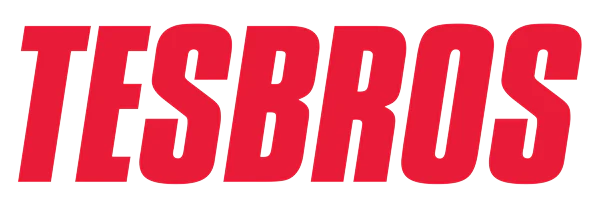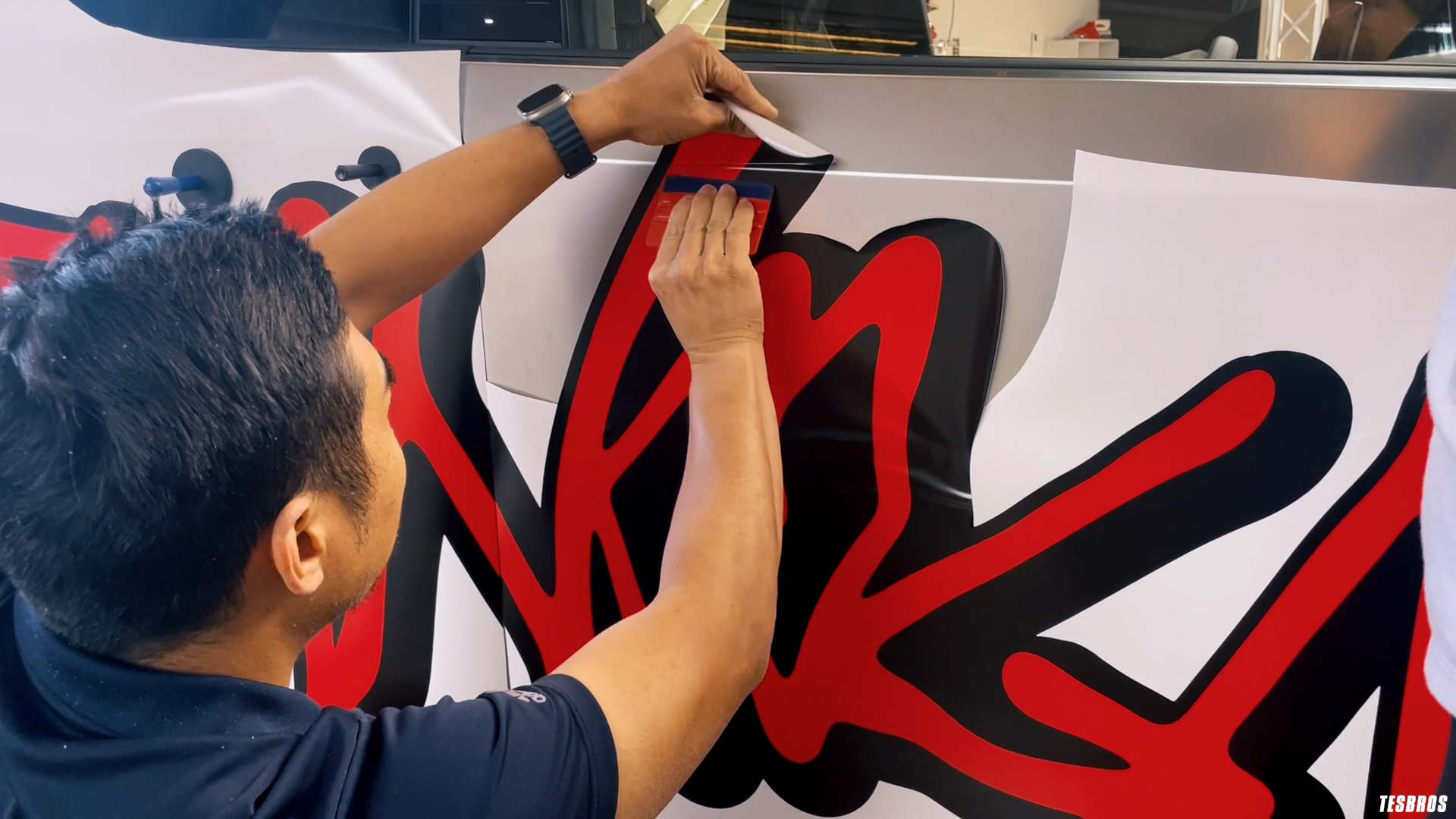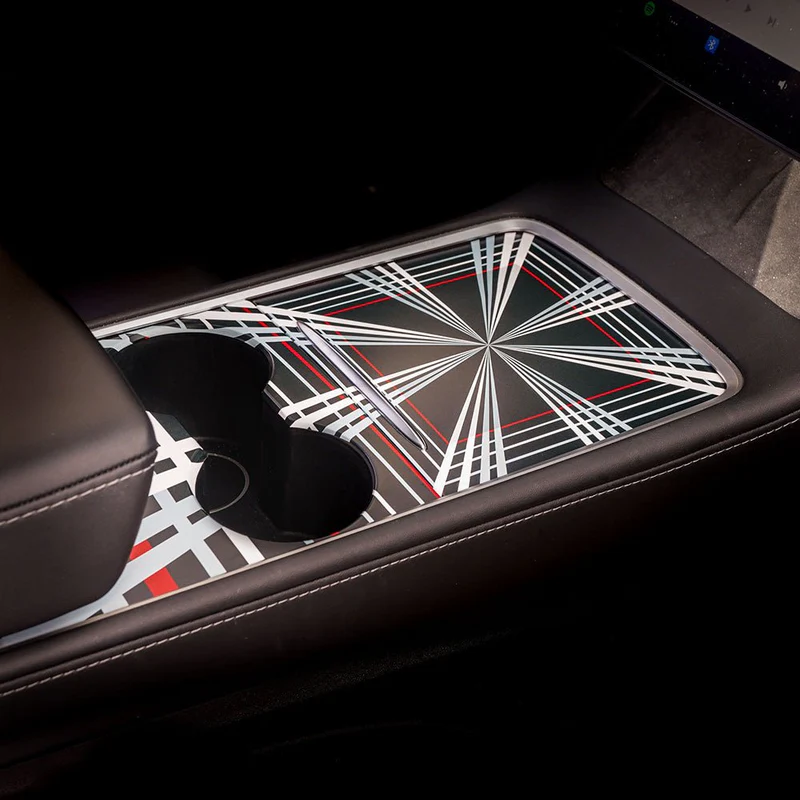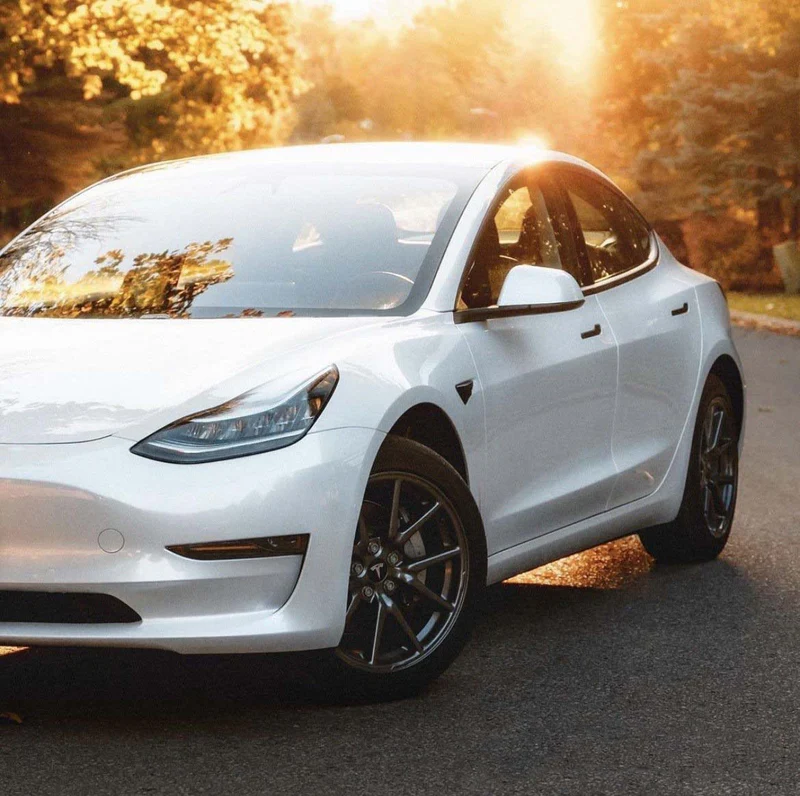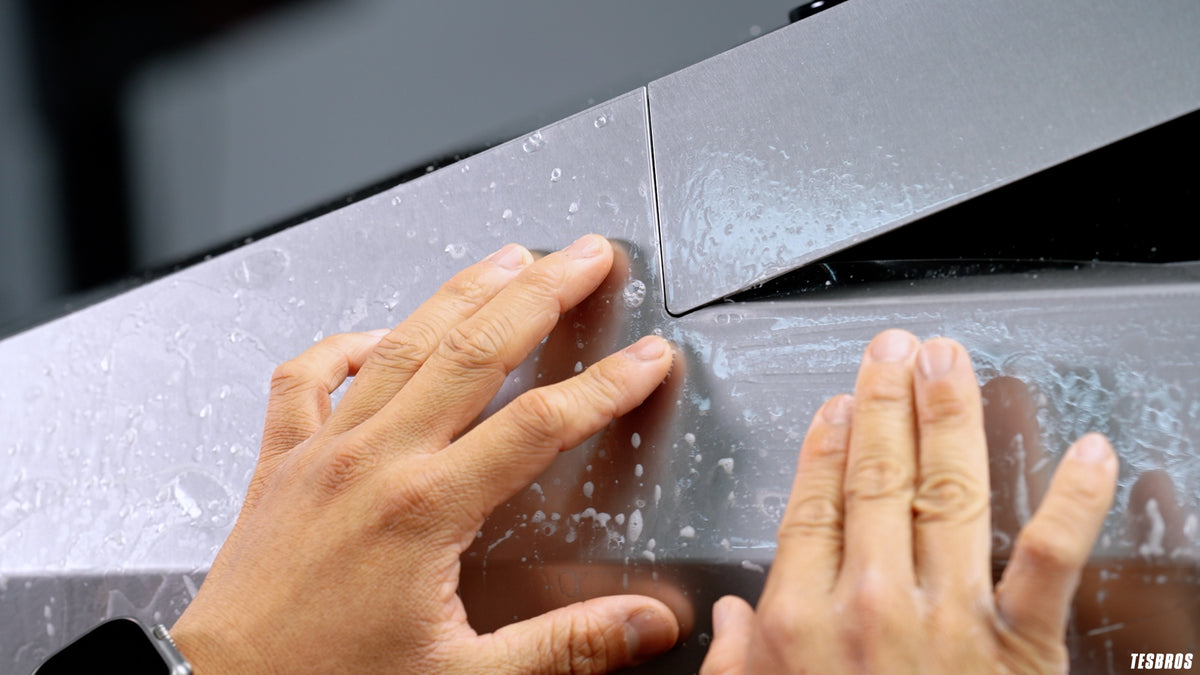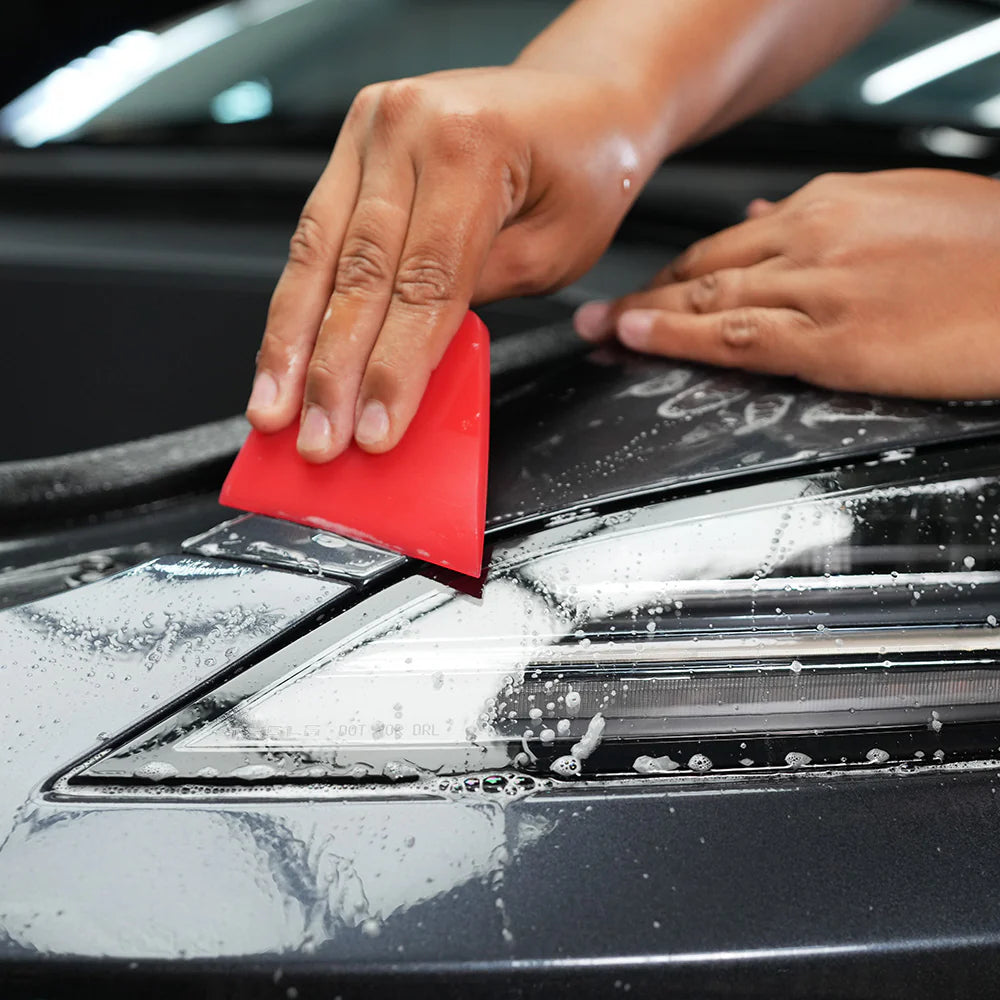Key Takeaways:
- Essential Steps for Safe Installation: This guide covers the tools, preparation, and step-by-step process for installing a Tesla Wall Charger, with emphasis on safety and proper setup.
- Unique Features of the Gen 3 Charger: Discover the Wi-Fi connectivity and firmware updates that allow for remote management and advanced functionality in the Gen 3 model.
- Troubleshooting Tips: Learn how to address common installation challenges like power issues, error codes, and connectivity problems to ensure your charger operates reliably.
A Tesla Wall Charger is a game-changer for anyone who wants a faster, more convenient way to charge their Tesla at home. However, setting it up correctly requires careful planning, the right tools, and attention to safety details. Beyond installation, choosing the right location and understanding features like the Wi-Fi-enabled Gen 3 model can make a big difference in daily convenience and long-term performance. With our guide, Tesla owners can ensure that their charging setup is efficient, safe, and built to last.
TESBROS, built by Tesla owners for Tesla owners, is a trusted leader in premium, easy-to-install Tesla accessories and DIY products, known for helping Tesla enthusiasts personalize and protect their vehicles with confidence. Our products are crafted from high-quality materials and are backed by our passion for the Tesla community and a commitment to durability and innovation.
In this guide, we’ll walk you through everything you need to know about installing a Tesla Wall Charger, from selecting the perfect location to configuring the advanced features of the Gen 3 model for optimal functionality.
What You’ll Need For A Tesla Charger Installation
Before you start the installation process, gathering the necessary equipment and materials will ensure a smooth setup. Here’s a checklist of what you’ll need:
- Tesla Wall Charger Kit: The Tesla Wall Connector, usually including the mounting bracket and installation guide.
- Dedicated Circuit Breaker: Tesla recommends a dedicated 60-amp circuit breaker, but this can vary depending on the charger model and your local electrical code.
- Conduit and Wiring: The wiring requirements will depend on your setup, including the distance from the electrical panel and local code requirements.
- Drill and Mounting Hardware: Essential for securely attaching the charger to your wall.
- Voltage Tester and Multimeter: These tools are crucial for verifying power and ensuring safety during installation.
- Safety Gear: This includes safety gloves, goggles, and other protective equipment to keep you safe.
Consult your local electrical code or a professional electrician to ensure you have the right equipment and meet local regulations. Tesla's official installation manual provides specific recommendations and is a helpful reference as you plan. Equip your Tesla setup with a reliable wall charger to streamline your charging experience and keep your vehicle ready to go. TESBROS offers a selection of wall chargers that meet Tesla’s standards, making home charging convenient and efficient.
Choosing The Right Location For Your Charger
Selecting the ideal spot for your Tesla Wall Charger is crucial for convenience, accessibility, and safety. Here are a few factors to consider:
Proximity To Parking Area
Placing the charger close to your regular parking spot is essential for daily convenience. The cable from Tesla’s wall charger is generally about 18 feet long, so measure the distance from your parking area to the intended installation site to ensure it will reach comfortably. Having it close by will make connecting and disconnecting your Tesla quick and hassle-free, without stretching the cable or requiring extra effort.
Access To The Electrical Panel
Installing the charger near your home’s electrical panel can reduce both the complexity of the installation and overall costs. The closer the charger is to the panel, the less conduit and wiring you’ll need, making it a more straightforward setup. If the distance is unavoidable, consider that additional conduit and possibly higher-gauge wiring will be necessary, which could add to the expense and require special installation techniques.

Weather Protection
While Tesla’s chargers are designed to withstand outdoor conditions, placing them in a protected area can add years to their life. Installations in a garage or under a carport shield the charger from elements like rain, snow, and direct sunlight, reducing wear and tear. This extra protection also minimizes exposure to temperature fluctuations, which can help the charger operate more reliably over time.
Compliance With Local Codes
Different regions have their own electrical codes that dictate where and how chargers can be installed, particularly for outdoor setups. For example, some codes might limit outdoor installations or specify conduit requirements to protect the wiring. Checking these codes beforehand ensures that your installation is legal and safe, preventing potential issues or costly adjustments later on.
Ventilation And Clearance
Adequate ventilation around the charger is essential to prevent overheating, especially during long or frequent charging sessions. Tesla recommends at least 12 inches of clearance on each side of the charger to promote airflow. Sufficient space will help maintain optimal operating temperatures and ensure that the charger’s internal components are not affected by heat buildup, which can affect performance and lifespan.
Preparing For Installation: Tools And Safety Tips
Installing a Tesla Wall Charger involves working with electricity, so it’s essential to take the necessary safety precautions and have the right tools on hand. Here’s what you need to know before you begin:
Essential Tools
- Drill and Drill Bits: Necessary for mounting the wall bracket and securing the charger.
- Screwdriver Set: Used for attaching screws and securing connections.
- Voltage Tester and Multimeter: These are essential for verifying that there is no power in the lines and for testing connections during setup.
- Wire Strippers: For preparing the wiring connections.
- Level: Helps ensure the charger is mounted straight.
- Conduit Bender (if needed): Used for shaping the conduit to fit around obstacles if the wiring path isn’t straightforward.
Safety Tips
- Turn Off Power at the Breaker: Before beginning any electrical work, shut off power to the circuit at your breaker panel to prevent any risk of electric shock.
- Use Personal Protective Equipment (PPE): Gloves, safety goggles, and insulated tools are essential when handling wires and working with electrical components.
- Double-Check Local Codes: Ensuring compliance with local electrical codes will help you avoid legal issues and ensure a safe, long-lasting installation.
- Consider Hiring a Licensed Electrician: If you’re unfamiliar with electrical work or feel uncertain at any step, it’s best to consult a licensed electrician. Professional installation can help avoid mistakes and ensure your setup is reliable and safe.
Preparing properly with the right tools and taking safety seriously can make the installation process much smoother and safer.
Step-By-Step Guide To Installing The Tesla Wall Charger
With your tools and materials ready and safety measures in place, you can now move on to installing the Tesla Wall Charger. Follow these steps to ensure a successful setup:
Mount The Wall Bracket
Start by choosing the location for your charger based on your earlier planning. Use a level to ensure the bracket is straight, then mark the points where you’ll need to drill. Once marked, drill the holes and securely fasten the bracket to the wall using the screws provided in the Tesla Wall Charger kit.
Route The Conduit And Wiring
Plan the path for the wiring from the breaker panel to the charger. If required by code, install conduit to protect the wiring, and use a conduit bender to maneuver around any obstacles along the path. Next, run the appropriate gauge wire through the conduit. Tesla typically recommends using 6 AWG copper wire for a 60-amp circuit, but you should always check local requirements for accuracy.
Connect The Charger To The Wiring
With the power still off, carefully connect the wires to the terminals inside the charger. Follow Tesla’s wiring diagram from the installation manual to ensure each wire is securely connected to its designated terminal. Double-check these connections for stability and accuracy.
Attach The Charger To The Wall Bracket
After connecting the wiring, place the charger onto the mounted bracket. Secure it in place by tightening the screws provided in the installation kit, ensuring the charger is firmly affixed to the wall.
Grounding And Final Connections
Finally, ensure the charger is properly grounded according to Tesla’s instructions and your local electrical codes. Take a moment to double-check all connections, making sure they’re secure and meet safety standards. At this point, the charger is ready for the final steps in the setup process.
Connecting The Wiring And Breaker Panel Setup
The next step in your Tesla Wall Charger installation involves connecting the wiring to your home’s breaker panel. This stage is critical for ensuring that the charger has the necessary power and operates safely.
First, make sure the power remains off at the main breaker. Locate the dedicated breaker slot in the panel, as recommended by Tesla and your local electrical code. For most Tesla Wall Charger installations, a 60-amp breaker is used, but verify this with Tesla’s guidelines or consult with a licensed electrician. Install the breaker into the designated slot, ensuring it’s securely fitted and compatible with your panel model.
Next, connect the wires you ran from the charger location to the new breaker. Attach the hot wires to the appropriate terminals on the breaker, then connect the ground and neutral wires to their respective bus bars in the panel. It’s essential to double-check each connection, as any loose or incorrect wiring can cause electrical issues or hazards.
Once the wiring is complete and secure, replace the panel cover. Before turning the power back on, go over all connections to confirm everything is properly grounded and secured. With the panel closed and everything checked, you’re ready to restore power to test the charger in the next step.
Testing And Activating Your Tesla Charger
With the installation and wiring complete, it’s time to test and activate your Tesla Wall Charger to ensure it’s functioning correctly. Begin by turning the power back on at the breaker panel. Once powered, the charger’s indicator light should turn on, signaling that it’s receiving electricity. Refer to Tesla’s installation manual for the specific light codes, as they provide insight into the charger’s operational status.
Next, plug your Tesla into the charger to initiate the first charge. Observe the charging process on both the charger and your Tesla’s dashboard display. The vehicle should indicate that it’s charging, and the charger’s indicator light should display a steady light to show it’s operating as expected. If any issues arise, consult the troubleshooting section in Tesla’s manual or refer to the next section in this guide.
At this point, the charger may also prompt you to connect it to Wi-Fi. The Tesla Gen 3 charger has unique features that allow you to manage it remotely via Tesla’s app. Connecting to Wi-Fi enables firmware updates and allows remote monitoring, which is particularly useful if you manage multiple chargers.
With everything connected, tested, and activated, your Tesla Wall Charger is now ready for regular use.

Unique Features Of The Gen 3 Tesla Wall Charger
The Tesla Gen 3 Wall Charger brings several advancements over previous models, making it an ideal choice for modern electric vehicle (EV) owners. One of the most notable features is its Wi-Fi connectivity, which adds significant convenience and flexibility for users. With Wi-Fi, the charger can receive firmware updates, ensuring that it stays current with Tesla’s latest improvements and performance optimizations. This connectivity feature is particularly valuable for those who manage multiple chargers, as they can monitor and control them remotely.
One of the big differences with the Gen 3 wall charger is it can be controlled via Wi-Fi, and you get firmware updates on it. So, if you're running a fleet of chargers, you can actually manage them remotely at different times. This capability allows for remote scheduling and monitoring, which is beneficial for those managing multiple EVs, such as businesses or households with more than one Tesla.
Additionally, the Gen 3 model is designed to be more compact and lightweight than its predecessors, allowing for flexible installation options in smaller spaces. It also features enhanced safety functions that monitor charging temperature and power levels, automatically reducing power or pausing charging if overheating is detected. These improvements make the Gen 3 charger not only easier to use but also safer and more adaptable to future updates.
Troubleshooting Common Installation Challenges
While installing a Tesla Wall Charger is straightforward with the right preparation, a few common issues can arise. Here’s a guide to troubleshooting some of the most frequent challenges:
Charger Won't Power On
If the charger doesn’t power on, check the breaker panel to confirm that the breaker is correctly installed and turned on. Verify that all wiring connections are secure and that the wires are properly attached to the terminals. Additionally, check for any tripped breakers or blown fuses that could interrupt power to the charger.
Indicator Light Shows An Error Code
The Tesla Wall Charger uses an indicator light to display various statuses and errors. Refer to the charger’s manual for specific light codes. If a flashing or solid red light appears, it often signals a wiring or grounding issue. Double-check all connections and consult the manual’s troubleshooting section for guidance on specific error codes.
Charging Speed Is Slower Than Expected
Slow charging speed could indicate an issue with the circuit amperage or wiring. Verify that the charger is connected to the appropriate breaker (usually 60 amps) and that wiring meets the recommended gauge (typically 6 AWG copper). Lower amperage or improper wiring can reduce charging speed.
Wi-Fi Connection Issues
If you’re having trouble connecting the Gen 3 charger to Wi-Fi, make sure it’s within range of your router. Restart the router if needed, and ensure you’re following Tesla’s setup instructions. Avoid using public or unsecured networks, as these may cause connectivity issues with firmware updates and remote access features.
Charger Overheating
Overheating can occur if the charger is installed in an area with poor ventilation. Check for adequate clearance around the unit and ensure it’s not exposed to direct sunlight if installed outdoors. The Gen 3 model has built-in temperature sensors, so if overheating persists, the charger may reduce power or pause charging to prevent damage.
Final Thoughts
Installing a Tesla Wall Charger at home is a great way to enjoy the convenience of fast, efficient charging on your schedule. By carefully selecting the right location, preparing with the necessary tools and safety measures, and following each installation step, you can set up your charger with confidence. The Gen 3 Wall Charger, with its advanced features like Wi-Fi connectivity and firmware updates, offers added benefits for easy management and remote monitoring, especially useful for multi-charger setups.
While the installation process may seem complex, following this guide and consulting Tesla’s installation manual can simplify each step. For those unsure about handling electrical work, seeking the help of a licensed electrician ensures a safe and compliant installation. Once your Tesla Wall Charger is up and running, you’ll enjoy the peace of mind that comes with a reliable, future-ready charging solution tailored to your needs.
